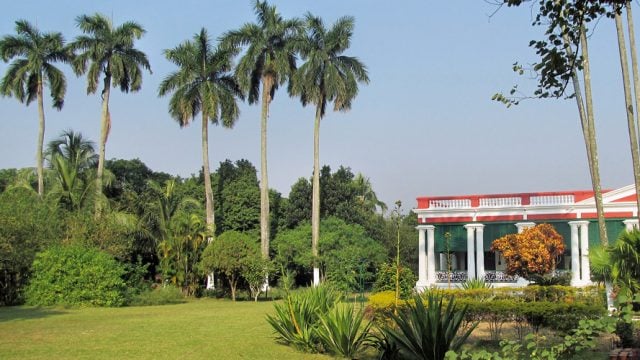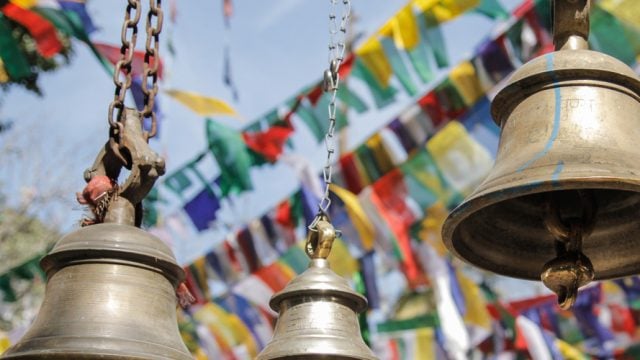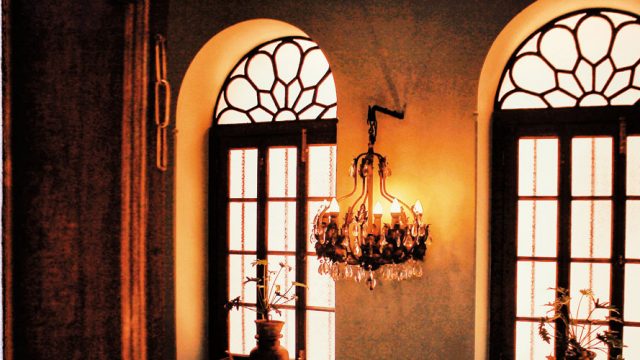The local saying ‘baaro mash e tero parbon’ – thirteen festivals in twelve months – is probably
Durga Puja

Durga Puja, the most popular festival of West Bengal, usually held in Septmber/October, has transcended the boundaries of religious observation. Held at a time when the rest of the country is celebrating Navratri and Dussehra, Durga Puja today is more like an art carnival. Many of the traditional homes now open their doors to visitors and you may watch the worshipping of the goddess in the magnificent ‘thakur dalan’, often decorated with antique chandeliers. At the community/neighbourhood celebrations, the rites and rituals are intact but the organisers explore various themes where the idols, the temporary marquee, the illuminations, etc. are depicted through artistic expressions. Drawing the eyes of Durga, Navapatrika Snaan, Pushpanjali, Sandhi Puja, Sindur Khela and the immersion in the river are some of the interesting rituals. Visitors can also join the ‘dhunuchi nach’ (dancing with clay pots filled with charcoal) held in the evening. One of the easiest way to getting around is joining any Kolkata Durga Puja tour package, usually organised by West Bengal Tourism. If you are fond of shopping, do not miss the discounted sale of new clothes which usually begins a month before Durga Puja and intensifies as the festival draws near.
Christmas

Part of the colonial legacy, Christmas is a popular celebration across West Bengal. Churches are illuminated and decorated with cribs and other festive décor. Most churches allow people of all faith to join the mass on Christmas Eve. Take a break in Kolkata during Christmas, where cakes, savouries and home-made wine play a key role. The Christian families usually take their cake ingredients for baking at the local bakeries. Others flock to bakeries run by Flurys, the Lalit Great Eastern, Nahoum’s, etc. for readymade cakes and savouries. One of the last homes of the city’s dwindling Anglo Indian community, the Bow Barracks, decorated with fairy lights, welcome visitors. The Kolkata Christmas Festival held along Park Street, with a fair at a corner park, is also extremely popular.
Eid ul Fitr
Eid ul Fitr is one of the popular Muslim festivals observed in West Bengal. Observed at the end of the month-long fasting, the camaraderie is shared with non-Muslims as well. On the day of Eid, Kolkata’s Red Road and its adjoining areas see a huge congregation of Muslims at prayer. Also do not forget to take a Ramzan Food Walk along the lanes around Nakhoda Mosque in Kolkata during iftar (when they break the fast at sun down). You will be surprised by the varieties on offer – ghoogni, pakodas, bakarkhanis and sheermals, haleem, kebabs and biryani to name a few.
Tusu Parob
A popular festival observed by several tribal communities in West Bengal, Tusu (Tushu) Parob is a harvest festival, with its genesis a part of local tales. The festival is observed by women. The month-long festival culminates on the day when the rest of the country is celebrating Makar Sankranti (January 14/15). One of the best places to observe the final day of the festival is Purulia in West Bengal. On the day of Makar Sankranti, groups of women carry colourful ‘choudol’ (a cylindrical structure made of bamboo or sticks with bits of coloured paper and other decorative items stuck to it), in a procession, to a water body, usually a stream or a lake. The women float the chaudol in the water, all the time singing songs in honour of the goddess. A huge fair is held in Deulghata, about 30km from Purulia town (accessible from Kolkata by road and rail) on Makar Sankranti where Tusu floats are also immersed.
Rathayatra

Rathayatra or the chariot festival of Jagananth is usually held in June/July. The over 600-year old chariot festival of Mahesh (in Serampore town, nearly 30km from Kolkata by road) is said to be the second oldest, next only to the festival held in Puri. The chariot — 50 feet high and weighing 125 tonne — used during the festival is itself more than a century old; with wood work covering the iron frame. The deities of Jagannath, Balarama and Subhadra reside in a temple next to the Ganga river. On the day of Rathayatra, after the idols are seated in the chariot, the pilgrims pull the chariot along the historic Grand Trunk Road (GT Road) to Kunja Baati (or the aunt’s house) where it resides for the next seven days. On the eighth day, the deities return to the temple. Be prepared for a huge crowd on the first and last days of the festival.
festivals
India
Durga Puja





